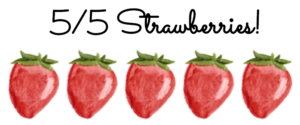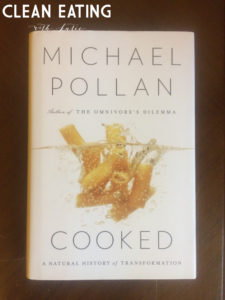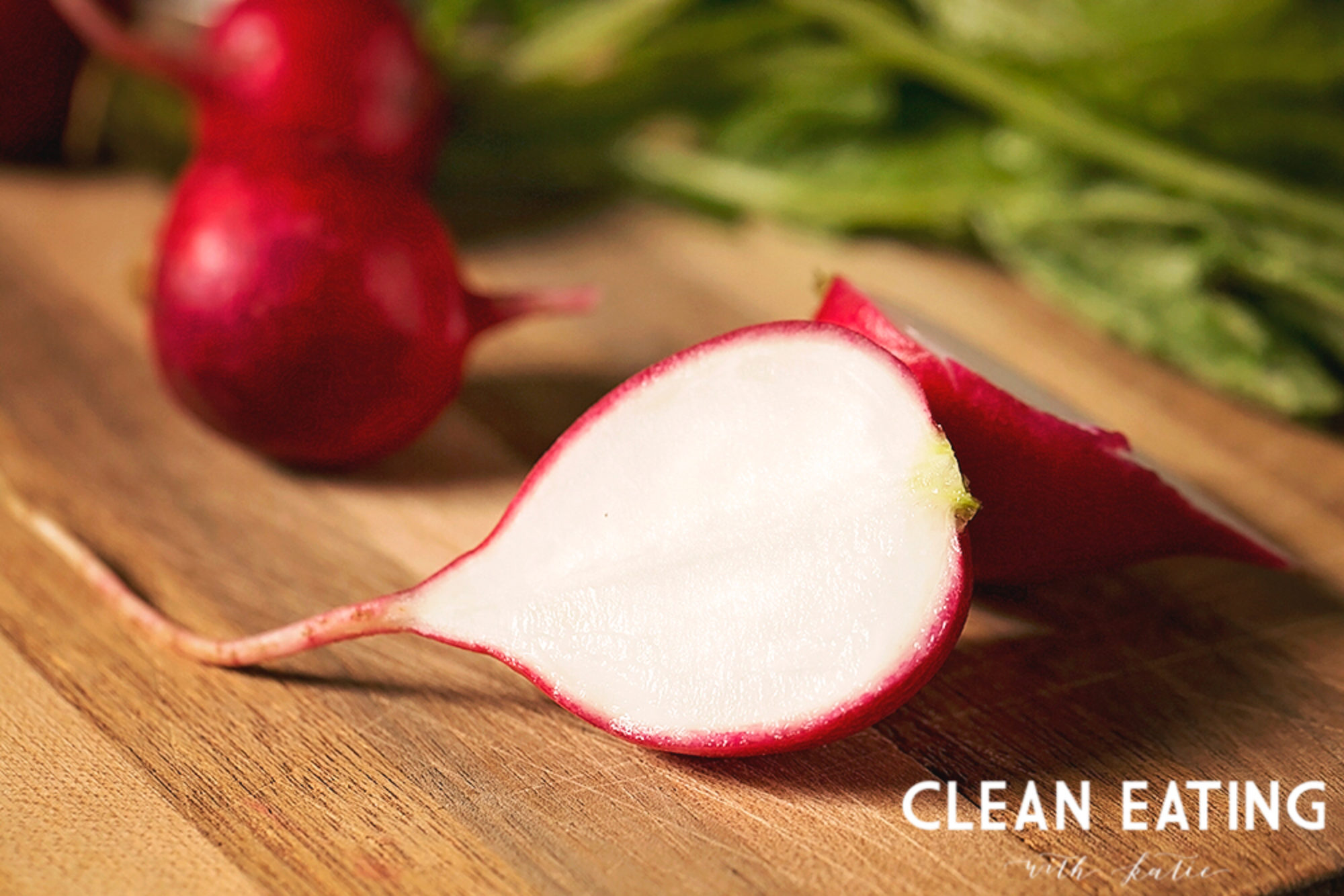The March Clean Eating book of the month is Cooked: A Natural History of Transformation by Michael Pollan. I give this book 5 out of 5 Strawberries!

It’s no secret that I have a food crush on Michael Pollan. I often call him my food guru. I write about how he convinced me to try eating meat again in The Omnivore’s Dilemma: A Natural History of Four Meals in this post. I realize that it’s not much of a surprise that I liked his most recent book, as I have liked all of his books. Although the picture of pasta on the cover did make me question whether or not this would be the first of Pollan’s books that I would not like ;-). Allow me to share the reasons why I really liked Cooked.
The goal of this book is to help you see the value of cooking food for yourself in a world of short cuts, fast food restaurants, and microwaves. The book is organized into four parts: Fire, Water, Air, Earth. Part of what I love about Cooked is that Pollan takes a historical and cultural look into how humans have fed themselves since the beginning. Additionally he takes what he has learned and then tries it out for himself in his own kitchen. You gotta love a guinea pig!

The section on Air is really a section on fermentation and bacteria. He discusses the work of Sandor Katz [pretty much the godfather of fermentation, his bible is The Art of Fermentation: An In-Depth Exploration of Essential Concepts and Processes from around the World] and he discusses the work of Sister Noella Marcellino, a raw cheesemaker and holds a Ph.D. in microbiology. perhaps I found this section the most fascinating because of my studies and work as a nutrition consultant. Here is quote showing the immense importance and need for probiotics in our diet: “Probiotics-beneficial bacteria ingested either in fermented foods or in supplements- have been shown to: calm the immune system and reduce inflammation; shorten the duration and severity of colds in children; relieve diarrhea and irritable bowl syndrome; reduce allergic responses, including asthma; stimulate the immune response; possibly reduce the risk of certain cancers; reduce anxiety; prevent yeast infections; diminish levels of E. coli 0157:H7 in cattle and salmonella in chickens; and improve the health and function of the gut epithelium. (Pollan, 2013, p.335)”.
I hope you’ll check out this book and the Cooked four part series on Netflix.
Want to know what else I’m loving (not loving)?? Let’s connect on Goodreads!


 rson’s body has a negative reaction to a food, the body sends out inflammatory molecules, cytokines, to identify the food as an enemy. The immune system continues to attack the enemy, which can cause damage in the digestive system. These cytokines also cause a great deal of damage in the brain (
rson’s body has a negative reaction to a food, the body sends out inflammatory molecules, cytokines, to identify the food as an enemy. The immune system continues to attack the enemy, which can cause damage in the digestive system. These cytokines also cause a great deal of damage in the brain ( in the field, and is elastic, pliable, and rises nicely, which is ideal for baking (Davis, 2011; Pollan, 2013).
in the field, and is elastic, pliable, and rises nicely, which is ideal for baking (Davis, 2011; Pollan, 2013).